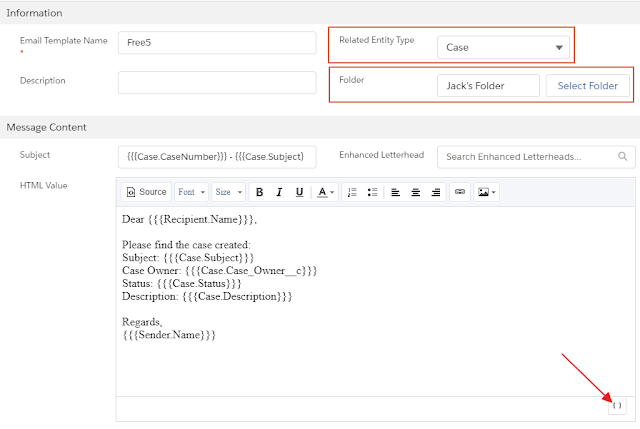It is simple to add an email signature in Salesforce, so all emails sent out will have your signature at the bottom of the email. Click your avatar, select Settings, and then My Email Setting.
Adding Images and clickable Links
However, many users would like to add the company logo or special image to their email signature. How to add these?
You can't simply copy and paste the image to the signature box. So, a little effort here, you need to upload the image to "somewhere" so it is available for the public, such as https://inspireplanner.com/wp-content/uploads/2020/06/SimplySfdc-logo.png
Or, you can upload the image to Files in Salesforce; here is the step
1. Go to the Files tab and upload the image
2. Open the image and click "Public Link"
3. Click the "Create Link" button, then click the Create button
4. Copy the link, e.g. https://ap8.salesforce.com/sfc/p/90000000KY45/a/0o000000Qswm/mQ0LPPezg1w5wZB7QPMTN_u8.gneeZsOR7JHNdzeakY
5. Open the link in a new browser tab
6. Right-click and select "Open image in new tab", and copy the URL from the new tab, e.g. https://c.ap8.content.force.com/sfc/dist/version/renditionDownload?rendition=ORIGINAL_Png&versionId=0680o00000JjuVS&operationContext=DELIVERY&contentId=05T0o00000zNw6g&page=0&d=/a/0o000000Qswm/mQ0LPPezg1w5wZB7QPMTN_u8.gneeZsOR7JHNdzeakY&oid=00D90000000KY45&dpt=null&viewId=
Note: if your users do not see "Public Link", make sure the users have "Create public link" permission in Permission Set or Profile assigned.
Now we can put the URL into our email signature, but before that, let us learn a bit of basic HTML
<img src="img_girl.jpg" alt="Girl in a jacket" width="500" height="600">
The above is an HTML sample to show an image on the web browser, including our email signature. We can replace "img_girl.jpg" with our long URL from step (6), replace the "alt" value, and remove "width" and "height" for the original image size.
So, here is the email signature result
Let us reduce the size of the image and add some clickable links by tweaking the HTML
Regards,
<b>Johan Yu</b>
Visit <a href="https://www.simplysfdc.com">SimplySfdc</a>
Click here to <a href="mailto:yujohan@mail.com">email me</a>
<img src="https://c.ap8.content.force.com/sfc/dist/version/renditionDownload?rendition=ORIGINAL_Png&versionId=0680o00000JjuVS&operationContext=DELIVERY&contentId=05T0o00000zNw6g&page=0&d=/a/0o000000Qswm/mQ0LPPezg1w5wZB7QPMTN_u8.gneeZsOR7JHNdzeakY&oid=00D90000000KY45&dpt=null&viewId=" alt="my logo" width="275" height="56">
















